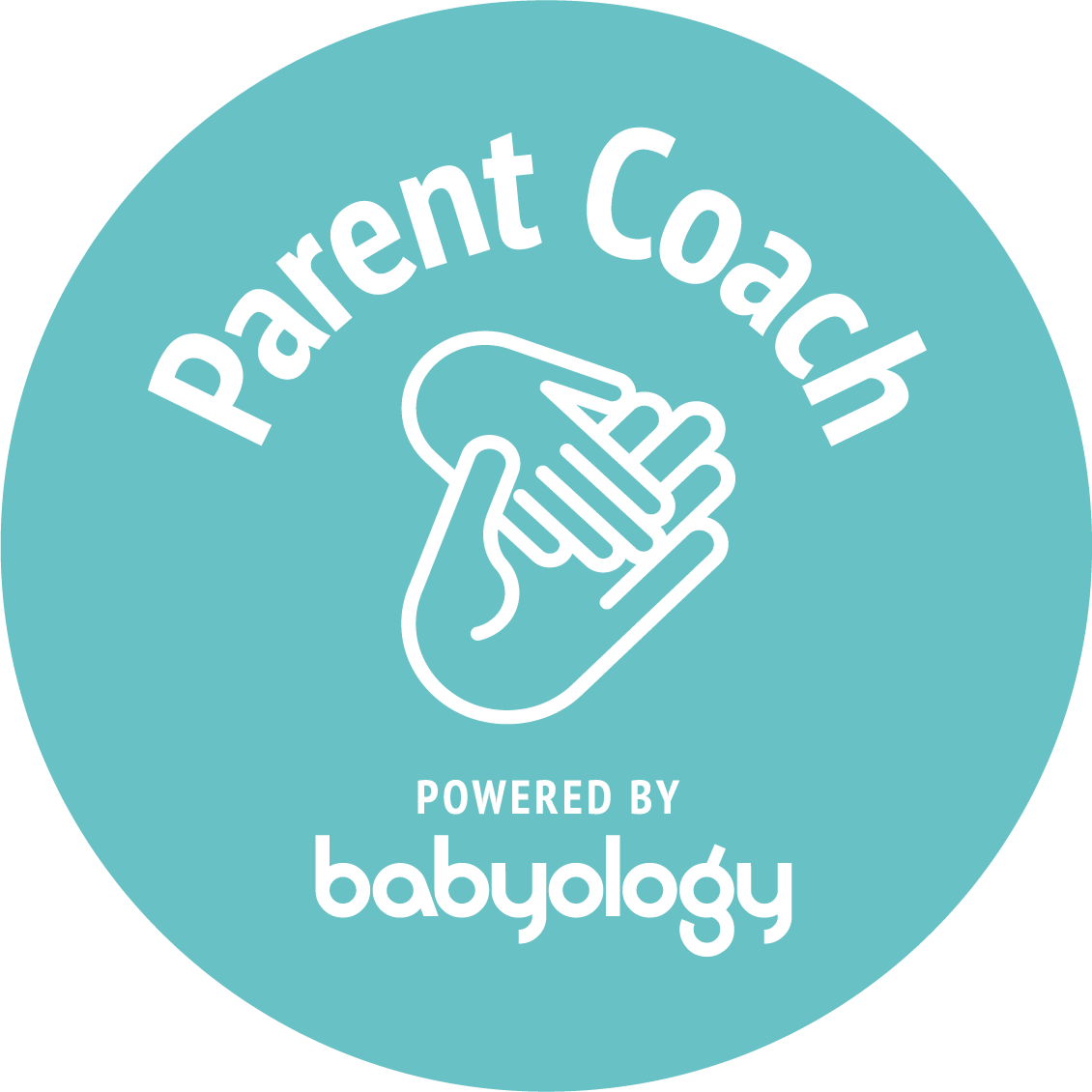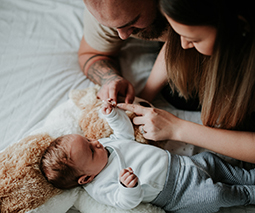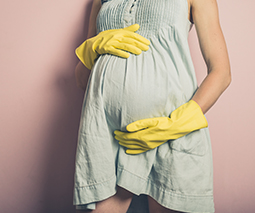The Shettles method: Can you choose the sex of your baby?

Couples trying to conceive will sometimes turn to the ‘Shettles method’ to determine the sex of their baby.
Does it actually work?
I remember on my way to the hospital to have my second child, the taxi driver asked me to put out my hand. Which I did, palm faced downwards. This apparently indicated I was having a boy. He was adamant, the hand test never failed. If only gender selection was that easy! But it’s not, and neither is that particular mode of gender prediction, because I had a girl.
What is the Shettles method?
But people constantly look for ways to control the sex of their baby, and there are countless techniques that claim to increase the probability of a certain gender. One of the more popular ones is the Shettles method, developed by Dr Landrum Shettles in the 1960s – with zero scientific research to back it up – and publicised in the book How to Choose the Sex of your Baby. The book was first published in 1971 and, has been in print ever since.
Sperm is made up of X sperm and Y sperm, X being the female and Y the male, which determines your baby’s sex. According to Dr Sneha Wadhwani, the Shettles method relies on the theory that Y sperm swims faster than X sperm and that acidic environments in the vagina and reproductive tract adversely affect the Y sperm, making it less likely to successfully fertilise the egg, and therefore female offspring more likely.
The technique is much sought-after by couples, even today – but is it successful? According to the experts, not necessarily. “Ultimately, there’s no conclusive evidence to suggest that it actually works,” says Sneha. “Furthermore, scientists have not so far been able to determine morphological differences between X and Y sperm and thus the fundamental basis of the Shettles theory.”
Trying for a girl
Despite arguments for and against, mother-to-be Belinda and her husband were willing to give it a try. The couple already had a son and were trying for their second and hoping for a girl. A friend of Belinda’s knew someone who had tried the Shettles method, with great success, conceiving a girl after two boys. “After researching and reading further on the topic, we decided to give it a go,” says Belinda. “The steps weren’t too extreme, and at the end of the day, we had nothing to lose! We would be happy with the outcome whether successful or not.”
What does it involve?
As Belinda was trying for a girl, she had to follow certain steps to make that happen. “For a few months leading up to conception, or the beginning of trying to conceive, I tracked my ovulation cycle,” she says. “This gave me a clearer understanding of when I was within my ovulation window and roughly when my egg was to be released.”
After that, it wasn’t too complicated. “We followed steps relating to the timing of intercourse within my cycle, sex position and making sure we created the right environment for female sperm to survive and reach the egg first,” says Belinda. “Unfortunately for me, this meant I was to avoid having an orgasm!”
Success!
While it had taken Belinda and her husband 12 months to become pregnant with their son, this time, things fell into place more quickly. “We were so lucky to fall the first month of trying, with us not going to extreme measures regarding the Shettles method,” says Belinda. “We just followed the main points and we were lucky enough for it to work.”
Belinda is now 29 weeks pregnant, so naturally, she and her husband couldn’t wait to find out the sex of the baby – and the news was exactly what they wanted to hear. “We were ecstatic when we found out the news,” says Belinda. “This is our last child and feel blessed that we will have one of each.”

Narrowing the chances
While all went well for Belinda, Sneha makes the point that by following such a technique, you’re actually limiting your chances of conceiving. “The more you limit how much you’re having sex, trying to conceive, in terms of limiting it to the fertile days, the evidence shows that you’re actually reducing your chances of conceiving,” she says. “If you just focus on the fertile days then you’re knocking out quite a considerable amount of chance because the semen lives alive inside for much longer than those three or four fertile days.”
Where’s the romance?
Trying for a baby can already put pressure on a couple. Throw in a few more requirements to help conceive a certain sex and there’s the risk of losing all the joy. “What we’re doing is also putting a strain on the relationship,” says Sneha. “It takes the fun out of it, it takes the romance out of it, and to some extent the intimacy and the feeling, so before we’ve even had the child, we’re affecting our relationship as well.”
The final word
But for Belinda, it was definitely worth having a go. “As I mentioned, we had nothing to lose in trying,” she says. “We went into the process with open minds and hearts and would have been happy if it worked or not – just falling pregnant is a miracle in itself.”
 Need some support to be the best parent you can be? Our Parent School parent coaching experts can help. Click to find out more or book a one-on-one session.
Need some support to be the best parent you can be? Our Parent School parent coaching experts can help. Click to find out more or book a one-on-one session.













